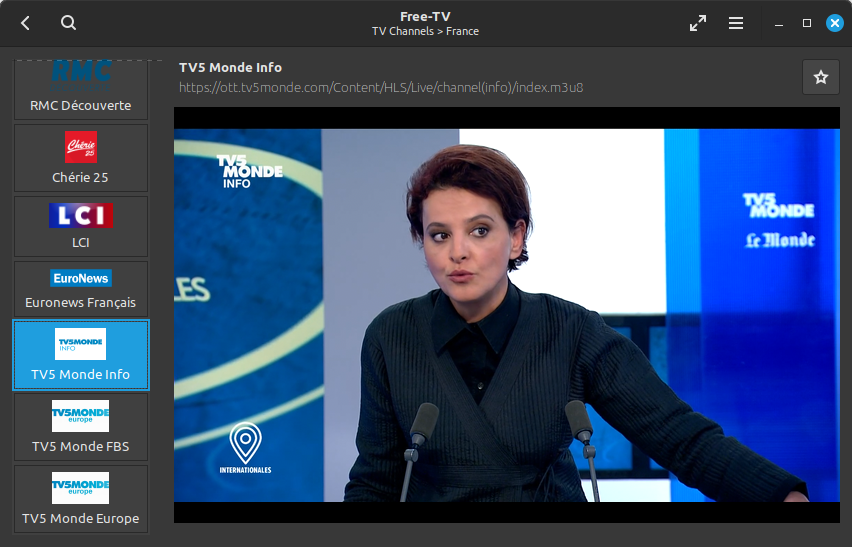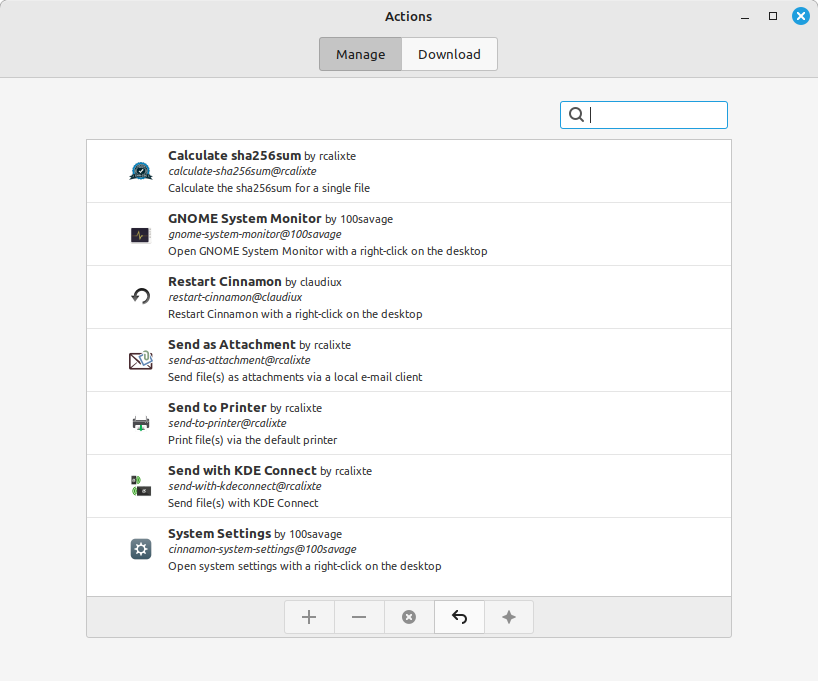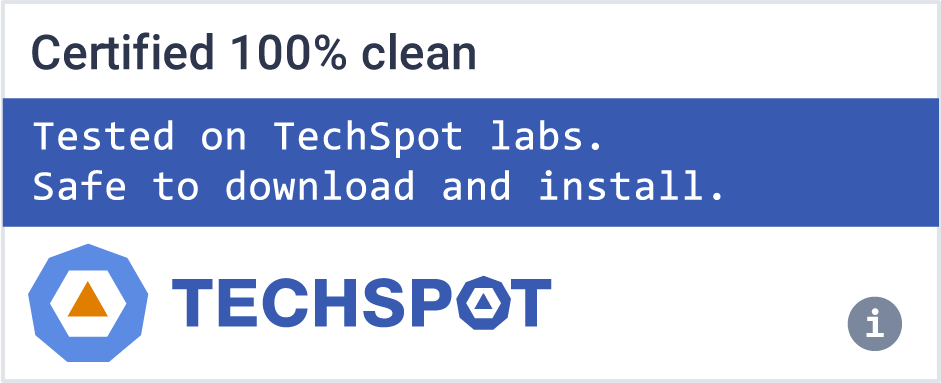Linux Mint is now the 4th most widely used home operating system behind Microsoft Windows, Apple macOS and Canonical's Ubuntu.
Some of the reasons for the success of Linux Mint are:
- It works out of the box, with full multimedia support and is extremely easy to use.
- It's both free of cost and open source.
- It's community-driven. Users are encouraged to send feedback to the project so that their ideas can be used to improve Linux Mint.
- Based on Debian and Ubuntu, it provides about 30,000 packages and one of the best software managers.
- It's safe and reliable. Thanks to a conservative approach to software updates, a unique Update Manager and the robustness of its Linux architecture, Linux Mint requires very little maintenance (no regressions, no antivirus, no anti-spyware...etc).
Requirements
64-bit architecture
- Although both 32-bit and 64-bit versions of Linux Mint 19.3 are supported until April 2023, new releases of Linux Mint, including 20, are only available in 64-bit.
- To upgrade to Linux Mint 20 you need to be running the 64-bit version of Linux Mint 19.3.
- To check which version you're running type:
- dpkg --print-architecture
- If it says amd64 you can upgrade to Linux Mint 20.
- If it says i386, it means you're using the 32-bit version. In this case you cannot upgrade and you need to stick with Linux Mint 19.3.
What's New
Linux Mint 21.3 is a long term support release which will be supported until 2027. It comes with updated software and brings refinements and many new features to make your desktop experience more comfortable.
ISO Images
Linux Mint 21.3 comes with full support for SecureBoot and compatibility with a wider variety of BIOS and EFI implementations.
Grub is used in EFI mode. Isolinux/syslinux is used in BIOS mode.
The tools and framework used by Linux Mint to produce its ISO images were updated and are now based on the latest version of live-build.
The team also drastically reduced the internal differences between LMDE and Linux Mint ISO images.
Hypnotix
New features were added to Hypnotix, the TV viewer application.
Favorites
You can now set channels as favorites.
From the main screen click on the star icon to access your favorites.
All your favorite channels are grouped together, no matter what TV provider (if any), they initially came from.
Custom channels
Another thing you can do in the new version of Hypnotix is to create your own channels. Any URL you can stream, whether it's a live stream or not, can be turned into a custom TV channel.
This makes it possible to use Hypnotix without any playlist or any IPTV provider. You can even use this to create channels for your favorite YouTube music videos.
Yt-dlp updates
Another important change was made. Under the hood, Hypnotix uses libmpv which itself relies on yt-dlp to stream Youtube channels. Although the upstream yt-dlp project is quick to react to Youtube changes when they break compatibility, the yt-dlp system package (whether it's in Debian or Ubuntu) isn't updated as often.
To ensure Youtube channels continue to work when the yt-dlp package is outdated we added the ability for Hypnotix to download and update its own local version of yt-dlp.
Note that for security reasons updates are triggered manually and the local version of yt-dlp only gets used by Hypnotix (it does not replace the system version for other applications).
Cinnamon 6.0
Action Spices. Cinnamon add-ons are called "spices".
Until now Cinnamon supported 4 types of spices:
- Applets: Little programs which can be placed in your panel(s)
- Desklets: Same thing, but on your desktop
- Extensions: Scripts which can alter the way Cinnamon works
- Themes: Look and feel for your Cinnamon desktop
Cinnamon 6.0 features a new type of spices: Actions.
Actions, formerly known as "Nemo actions", are add-ons for your file manager's context menu.
Right-click an .iso file and look at the context menu. The "Make bootable USB stick" and "Verify" menu items are Nemo actions, provided by the mintstick package.
In Cinnamon 6.0, actions are now a type of spice. You can download, enable and rate them like any other spices: applets, desklets, extensions and Cinnamon themes.
By default, We'll continue to only ship actions which are useful to most people. But the spice ecosystem will provide a wide variety of choice for many use cases.
Wayland
The work started on Wayland. This was identified as one of the major challenges our project had to tackle in the mid to long term.
Wayland isn't expected to replace Xorg as default any time soon, not in 21.3, not in 22.x, but we want to be ready all the same.
Cinnamon 6.0 features experimental Wayland support. In the login screen a new option was added to start Cinnamon on Wayland.
The Wayland session isn't as stable as the default one. It lacks features and it comes with its own limitations.
It was added as a preview for people interested in Wayland and as an easy way for them to test if they want to give us feedback.
A board was set up to keep track of Wayland development. It's available at https://trello.com/b/HHs01Pab/cinnamon-wayland.
A dedicated Github repository was created for issues related to Wayland, whether they need fixing in Cinnamon, in an XApp project, a Mint tool or anything software project we maintain: https://github.com/linuxmint/wayland.
In terms of timing Wayland support doesn't need to be fully ready (i.e. to be a better Cinnamon option for most people) before 2026 (Mint 23.x). That leaves us 2 years to identify and to fix all the issues. It's something we'll continue to work on and improve release after release.
Whenever it happens, assuming it does, we'll consider switching defaults. We'll use the best tools to do the job and provide the best experience. Today that means Xorg. Tomorrow it might mean Wayland. Cinnamon and Linux Mint will be ready and compatible with both.
Other Improvements
Cinnamon 6.0 also features many bug fixes, performance improvements and the following changes:
- 75% scaling is back
- Window opacity keybinding is back
- Stylus buttons can be disabled
- The monitor used for notifications is now configurable
- Menu apps can be edited with right click -> properties
- Gestures: new desktop zoom action
- Gestures: You can now specify when an action is triggered.
- Sound applet: new shift-middle click action
- Grouped window list: new option to not show anything when hovering an app button
Other improvements
In Warpinator it is now possible to connect to another device manually, either by entering its IP address or on mobile, by scanning a QR code.
Sticky, the notes app, received support for DBUS commands. This makes it possible to manage notes from scripts or keybindings.
In Slick Greeter, the login screen, the alignment of the login box is now configurable.
Bulky, the batch file renaming tool, received support for thumbnails and drag and drop.
In Pix, video playback now takes the video orientation into account and automatically rotates it.
The Backup tool, mintbackup, now features a headerbar and an about dialog.
A color picker was added to the Xapp XDG Desktop Portal.
Artwork improvements
Linux Mint 21.3 features a superb collection of backgrounds from Aurel Manea, Constantin, Daniel Mirlea, Jan Huber, Mohamed Nohassi, Marek Piwnicki, Samuel Ferrara, Tim Mossholder, Timon Studler, Zetong Li and Zhang Kaiyv.
Main components
Linux Mint 21.3 features a Linux kernel 5.15 and an Ubuntu 22.04 package base.
LTS strategy
Linux Mint 21.3 will receive security updates until 2027.
Until 2024, future versions of Linux Mint will use the same package base as Linux Mint 21.3, making it trivial for people to upgrade.
Until 2024, the development team won't start working on a new base and will be fully focused on this one.











